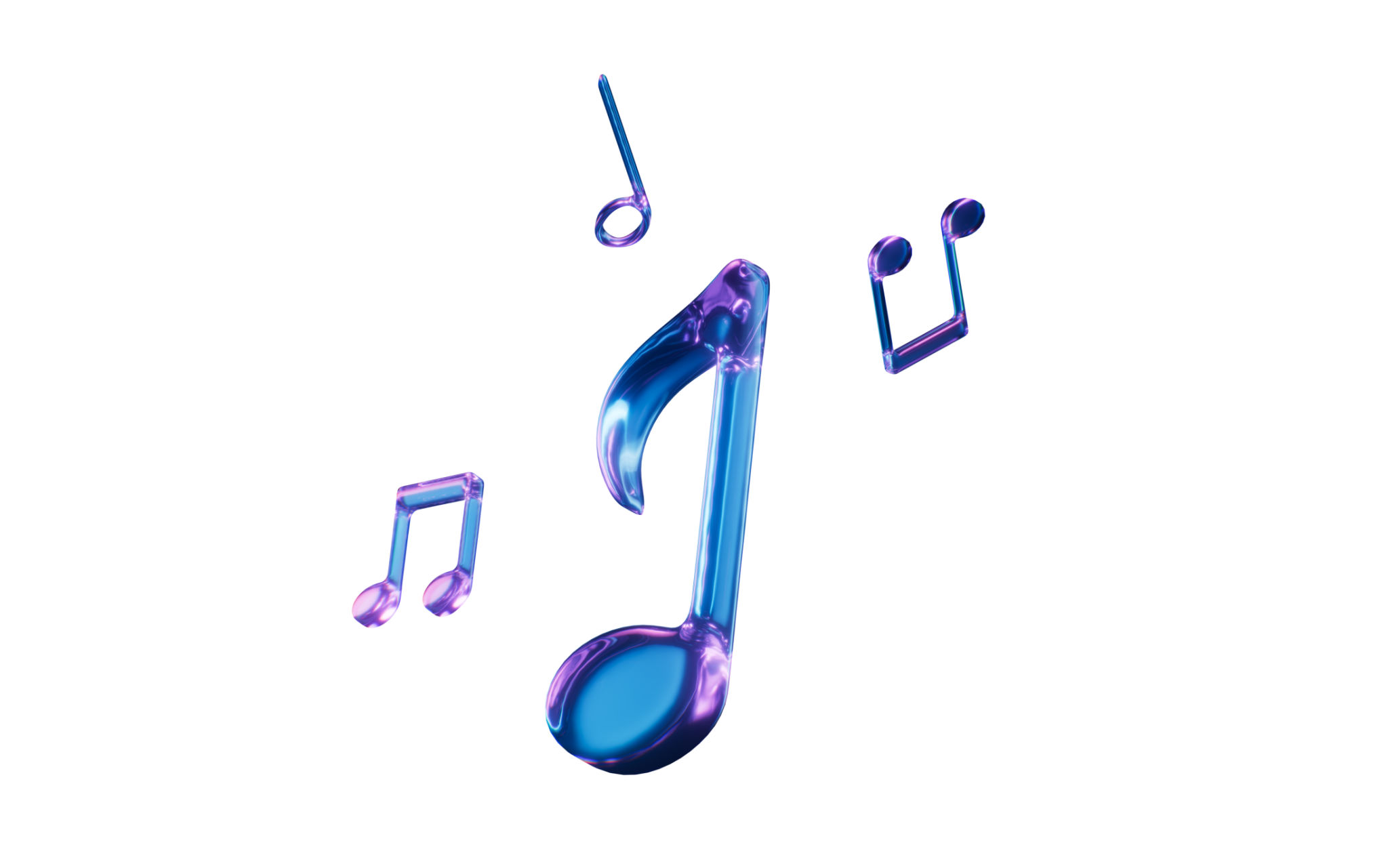Step-by-Step Music Publishing Guide: From Idea to Success
Embarking on the journey of music publishing can be daunting, yet incredibly rewarding. It involves a blend of creativity and business acumen, ensuring your music reaches its rightful audience while securing your rights and revenue. This guide aims to walk you through the essential steps from ideation to achieving success in music publishing.
Understanding Music Publishing
Music publishing is the process of managing and promoting musical compositions. It involves the protection of your work through copyrights, ensuring you get paid whenever your music is used or performed. Understanding the fundamentals of music publishing is crucial, as it forms the backbone of your music career.

Step 1: Create and Protect Your Music
The first step in music publishing is creating your composition. This involves writing melodies, lyrics, and arranging the music. Once your piece is complete, it's imperative to protect it legally. Registering your music with a copyright office is essential to safeguard your intellectual property.
Consider joining a performing rights organization (PRO) to collect royalties on your behalf whenever your music is played publicly. These organizations monitor radio plays, live performances, and streaming services to ensure you receive due compensation.
Step 2: Choosing the Right Publishing Path
There are typically two main paths in music publishing: signing with a music publisher or self-publishing. A music publisher can offer extensive resources and connections, allowing your music to reach broader audiences. However, they will take a percentage of your earnings.

Self-publishing, on the other hand, gives you full control over your music and earnings. While this route requires more effort in terms of marketing and distribution, it allows for greater autonomy and potential financial benefits.
Step 3: Licensing Your Music
Licensing is a critical component of music publishing. It involves granting permission to others to use your music in films, commercials, video games, or other media. Developing a comprehensive licensing strategy can maximize your revenue streams.
- Sync Licensing: For use in TV, film, or advertisements.
- Mechanical Licensing: For physical or digital reproductions.
- Performance Licensing: For public performances.
Navigating the Digital World
The digital age has transformed music publishing, making it more accessible than ever before. Platforms like Spotify, Apple Music, and YouTube offer musicians new avenues for distribution and revenue generation. Understanding how to leverage these platforms effectively is crucial for modern music publishers.

Step 4: Building Your Brand
In today's competitive market, building a strong personal brand is vital. Your brand encompasses your unique sound, style, and public persona. Engaging with fans through social media, live performances, and content creation helps establish a loyal fan base and increases visibility.
Collaborating with other artists and industry professionals can also broaden your reach. Networking events, workshops, and online communities are excellent places to connect with like-minded individuals.
Step 5: Monitoring and Growing
Once your music is published, continuously monitor its performance. Utilize analytics tools provided by streaming platforms to understand listener demographics and behavior. This data can guide your future projects and marketing strategies.
Growth in music publishing is an ongoing process. Stay informed about industry trends, adapt to changes in technology and consumer behavior, and never hesitate to explore new opportunities.
By following these steps and remaining committed to your craft, you can navigate the complex world of music publishing successfully. Whether you're an aspiring songwriter or an established artist, understanding these elements will pave the way for a prosperous career in music.